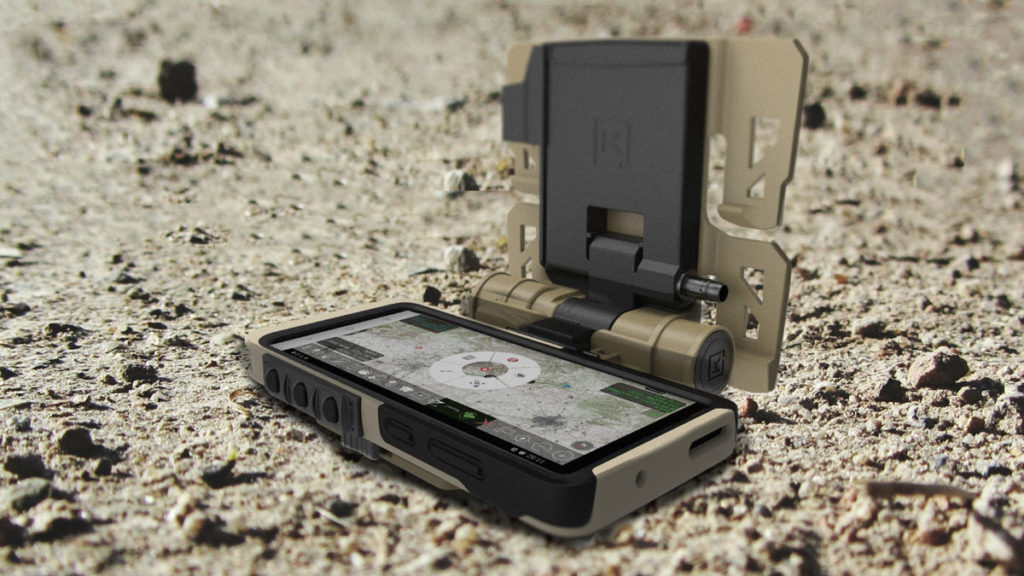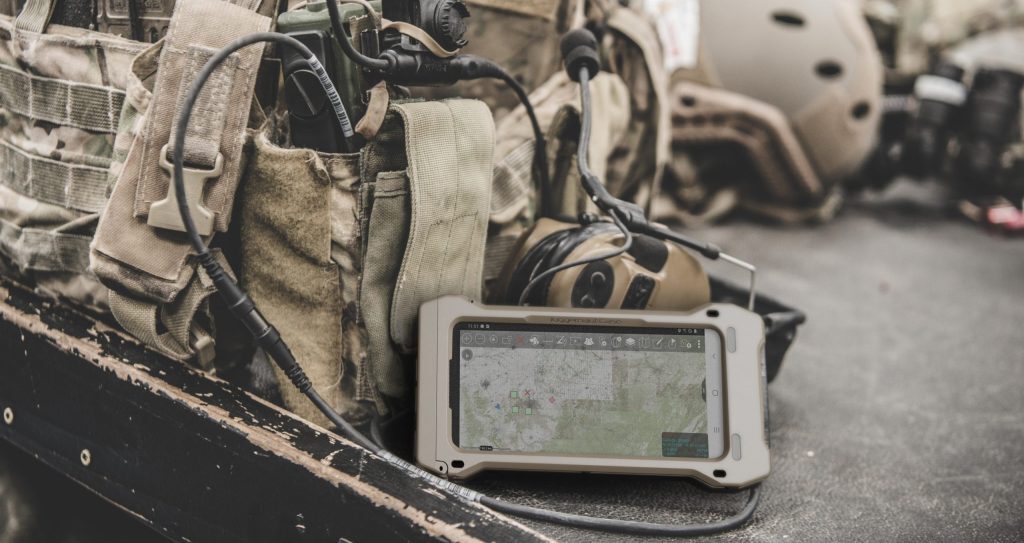Tactical situations. It seems like every other day we’re thrown into one of those and most of the time, we’re prepared. We have our camo backpacks, deadly weapons and enough face paint to adorn the faces of bemused children across several fully packed birthday parties. Yet when it comes to phones, well they can be a bit trickier. They’re all so fragile and…dainty. When in the thick of battle you need a rugged phone, one that can take a few knocks. That’s exactly what Samsung was thinking with the Tactical Edition of the Galaxy S20.
Seemingly ripped straight from promotional material of Call of Duty: Modern Warfare, the Galaxy S20 Tactical Edition is a “mission-ready military smartphone”. Which sounds pretty impressive until you realise that it’s…well, it’s basically just a normal Galaxy S20 with some additional software and sporting a chunky Juggernaut case. It’s got the usual specs you can expect from an S20, including 6.2-inch OLED display, Snapdragon 865, 12GB of RAM, 128GB of storage, sub-6GHz 5G support, and triple rear camera system.

It’s the software that truly makes for a “military” experience. The phone features a night-vision mode which dramatically reduces the display the brightness of the screen while using night-vision goggles, something the normal consumer is obviously accustomed too. The phone can also be unlocked in landscape mode, which is a bizarre feature to classify as “military” but sure. “Stealth mode” can be turned on to disable all “LTE and mute all RF broadcasting”. Sooooooooo aeroplane mode? That’s just aeroplane mode. Granted, Stealth Mode sounds more bitchin’ than Airplane Mode, but still.
The Galaxy S20 Tactical Edition will unfortunately not be sold to average consumers and is mostly marketed towards the military which is pretty sad for all of us. What about all the tactical situations we face every day? How will we get through them? With a normal S20? We think not!
No pricing or release date for the Galaxy S20 Tactical Edition has been confirmed yet. We really liked the Galaxy S20 Ultra, beyond the forgettable zoom feature. Check out our review here.
(Source: The Verge)




